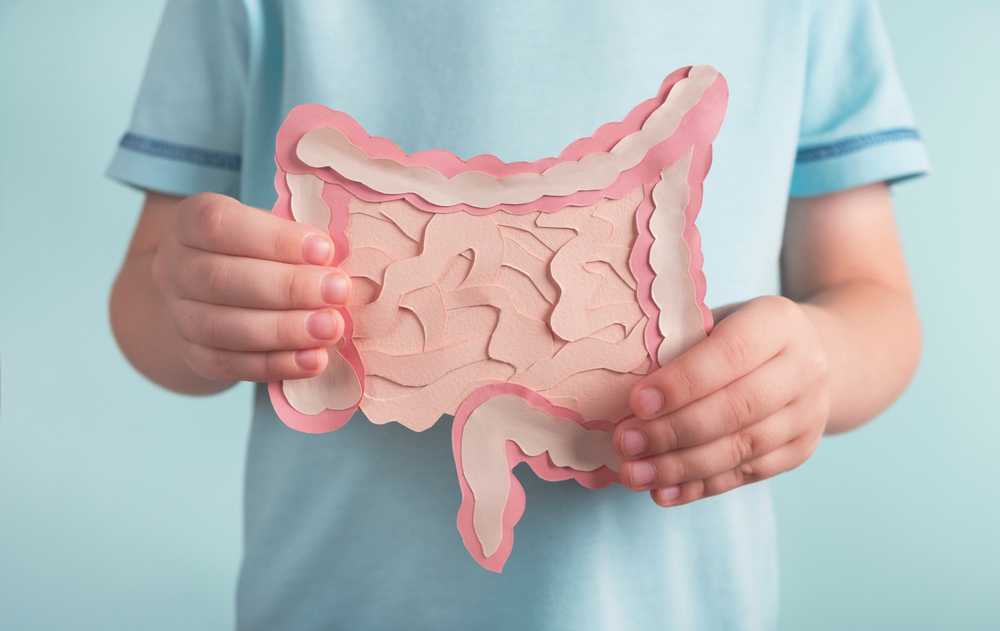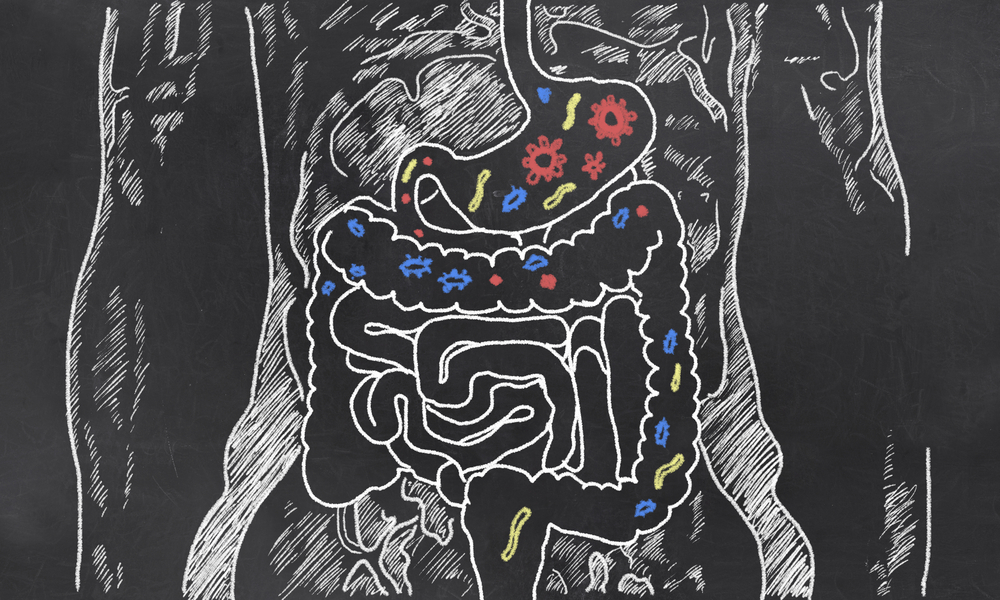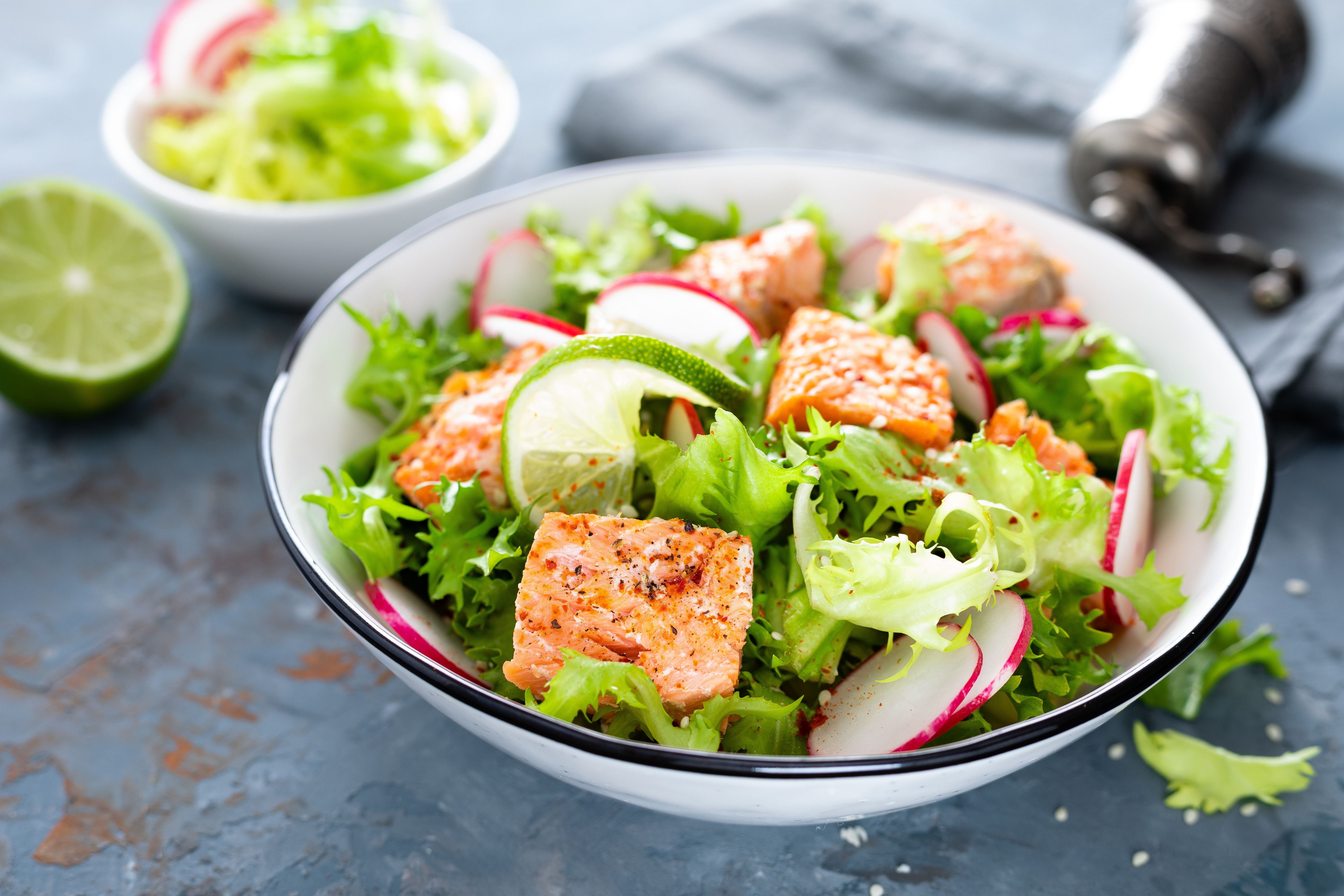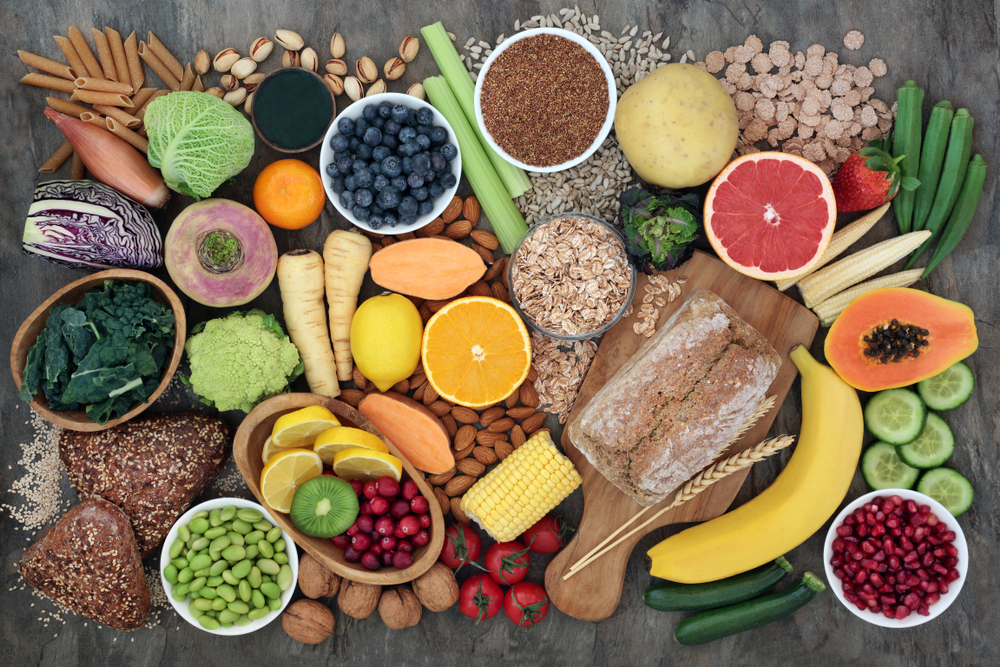Do I need to eat 30 plants a week?
The idea of eating 30 plants a week gained attention after a study found people who consumed at least 30 plants a week had a more diverse range of bacteria in their gut than those who ate 10 or fewer plants. While the message has been widely promoted on social media, the study only provides a snapshot of people’s diets and gut health and doesn’t give us strong evidence of that you need to have 30 different plant foods a week to support a healthy gut microbiome.
But eating more plants is certainly a good thing! Evidence shows that a getting at least 5 portions of vegetables and fruit a day, plus including wholegrains, beans and lentils, nuts and seeds is linked to good health and will provide fermentable fibres that can feed our gut bacteria.
Trying new grains, experimenting with different fruit and vegetables, and enjoying more pulses, such as beans chickpeas and lentils, nuts and seeds can help expand the nutrients we get and add variety to meals. See the ideas above for adding more plants to our diet.
Have enough fluid
Water is essential for our digestive system. It helps nutrients to be digested and absorbed. It acts as a lubricant to help food move through the digestive tract. In the large intestine, water softens the stools so they’re easier to pass. Without enough water, stools can become hard and dry. This is why a lack of fluid can contribute to constipation.
To stay hydrated, a general guide is to drink 6-8 glasses of fluids a day. The exact amount we need depends on our body size, gender, age, and how much we sweat, which can be influenced by exercising, hot weather, menopausal flushes or having a fever. Breastfeeding, medications with a diuretic effect, and illnesses that cause diarrhoea, sickness or increased urination (such as uncontrolled diabetes), also mean the body loses fluid, which need replacing.
Checking our urine is the best way to tell if we are hydrated. While some foods, medicines and supplements can affect the colour, urine that’s pale and odourless generally means we are hydrated. Dark urine with a strong odour indicates we need to drink more.
Feeling thirsty is a sign of dehydration, so it’s especially important to drink. All fluids (except alcohol) count towards fluid needs.
Find more in our article on healthy hydration.







